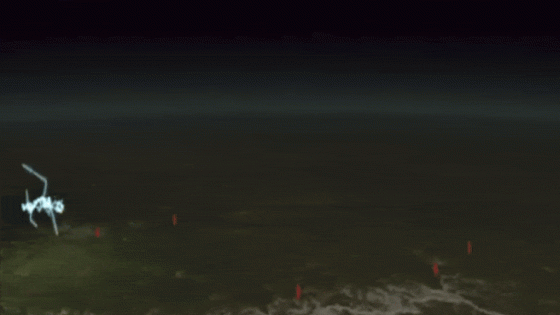A bolt of lightning has officially set the record for the world’s longest strike, stretching an astonishing 829 kilometers (515 miles) from Texas to Kansas. This megaflash occurred during a major thunderstorm in October 2017, surpassing the previous record by 61 kilometers. The groundbreaking discovery was confirmed on July 31, 2025, highlighting the incredible power of nature.
- Record-breaking lightning bolt spans 829 kilometers.
- Megaflash lightning occurs during major thunderstorms.
- GOES satellites monitor extreme lightning events.
- Horizontal lightning strikes are rare phenomena.
- Great Plains is a hotspot for megaflashes.
- Continuous data improves lightning observation techniques.
Geographical scientist Randy Cerveny from Arizona State University noted that understanding megaflash lightning is still a developing field. He suggests that as technology improves, even longer strikes may be recorded in the future. Given the Great Plains’ unique weather patterns, this region remains a hotspot for such extreme lightning events.
This remarkable event raises questions about the nature of lightning itself. Why do some bolts travel horizontally over vast distances? And what implications do these findings have for our understanding of severe weather? Consider these points:
- Megaflashes are defined as lightning strikes over 100 kilometers long.
- The Great Plains are particularly conducive to such extreme weather events.
- Advanced satellite technology is crucial for tracking and measuring lightning.
- Future research may uncover even more extreme lightning phenomena.
As scientists continue to study these extraordinary natural events, we can anticipate even more fascinating discoveries about lightning and its impact on our environment. Stay tuned for updates on this electrifying topic!

































